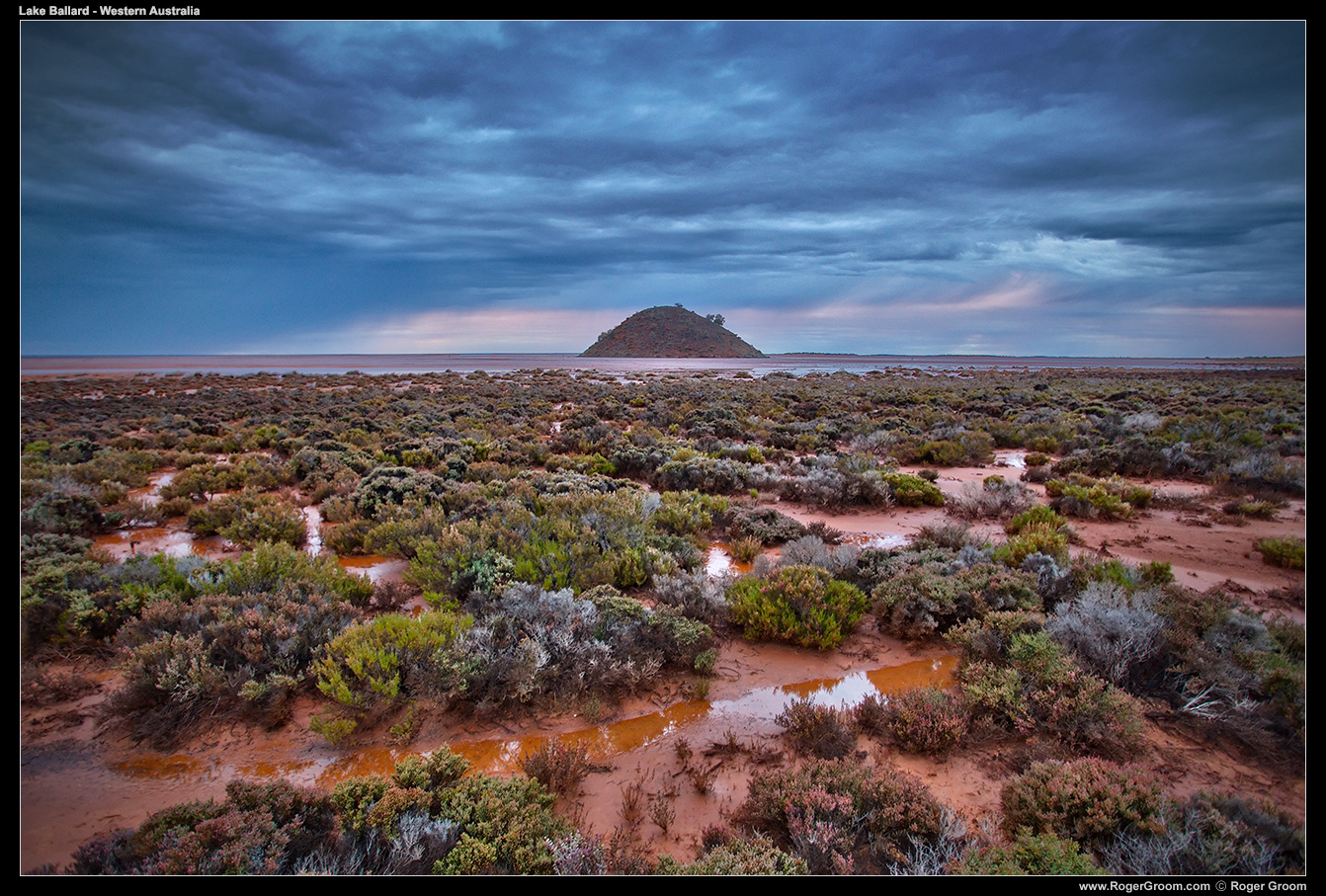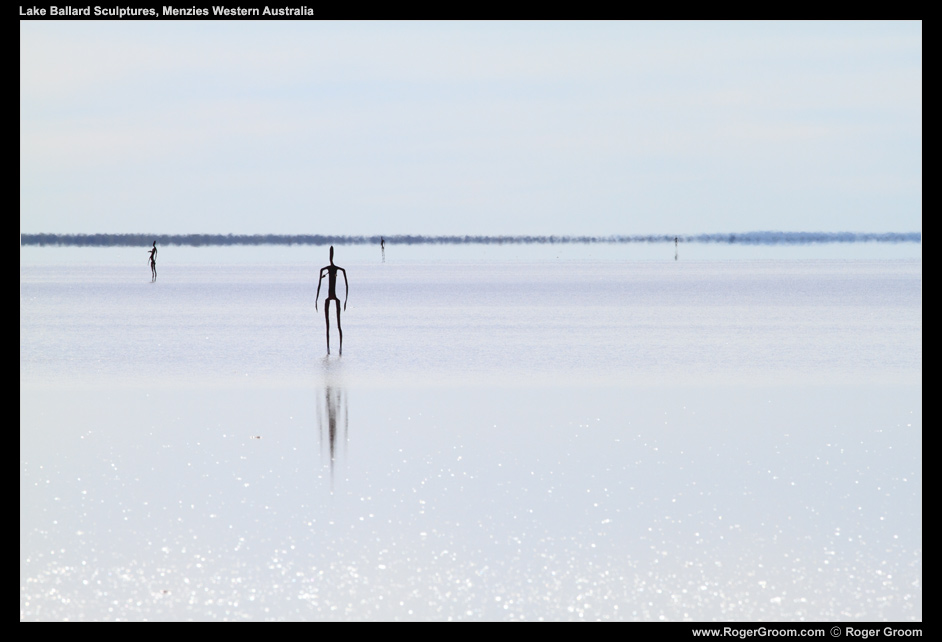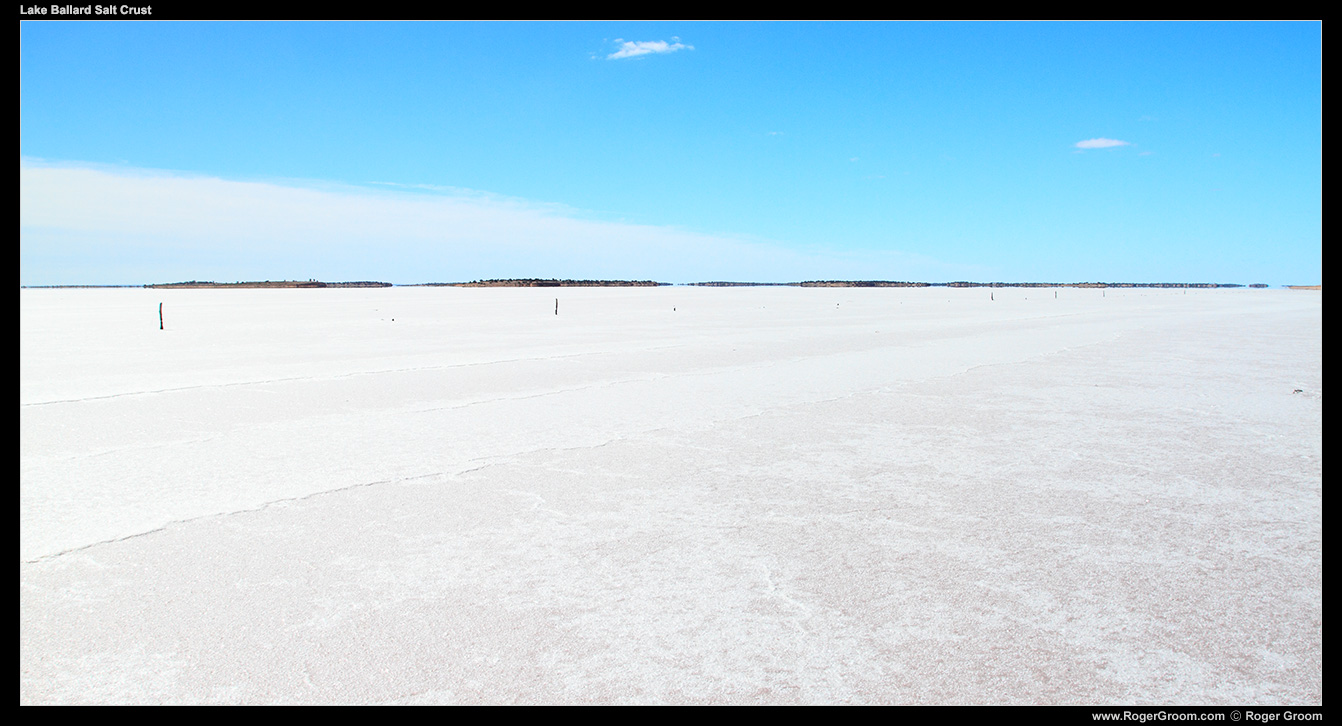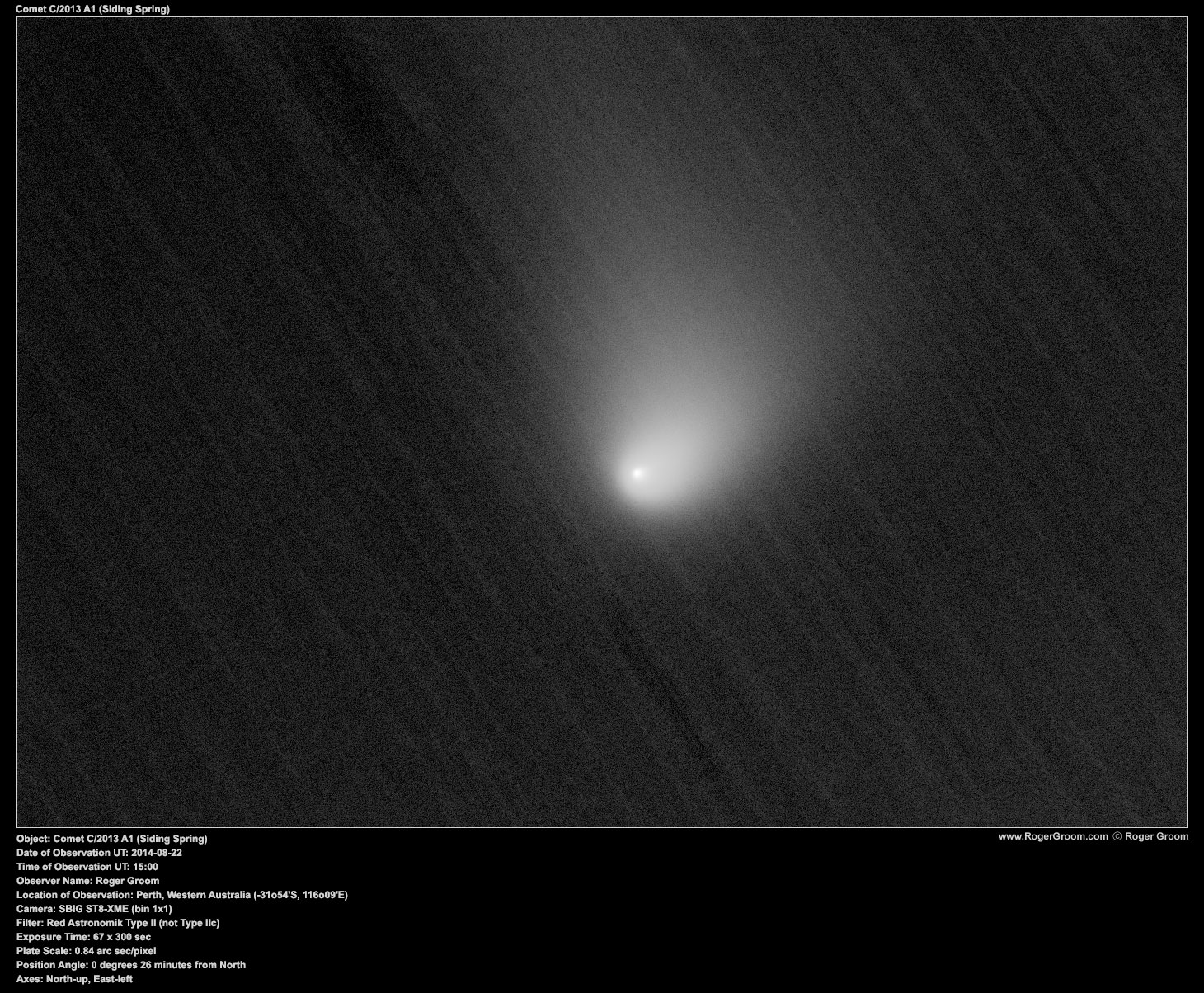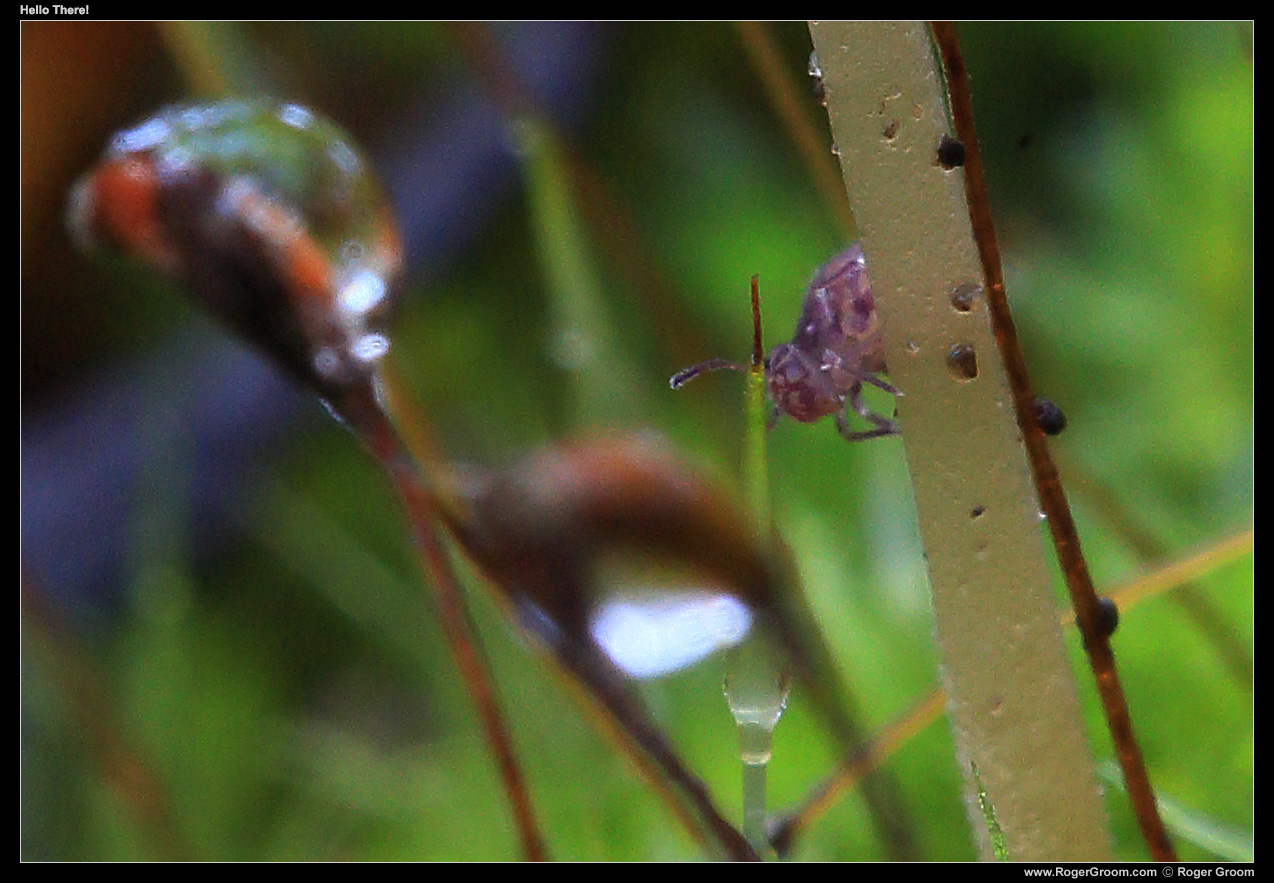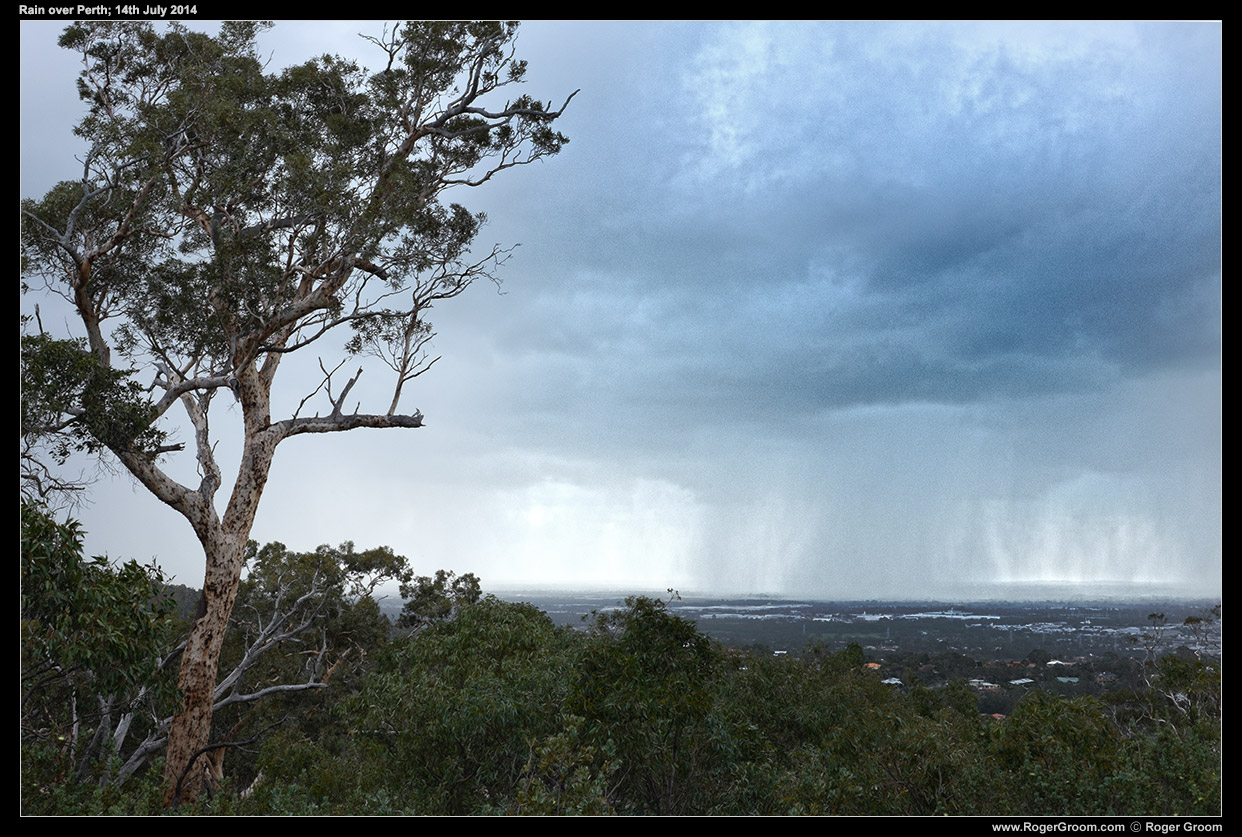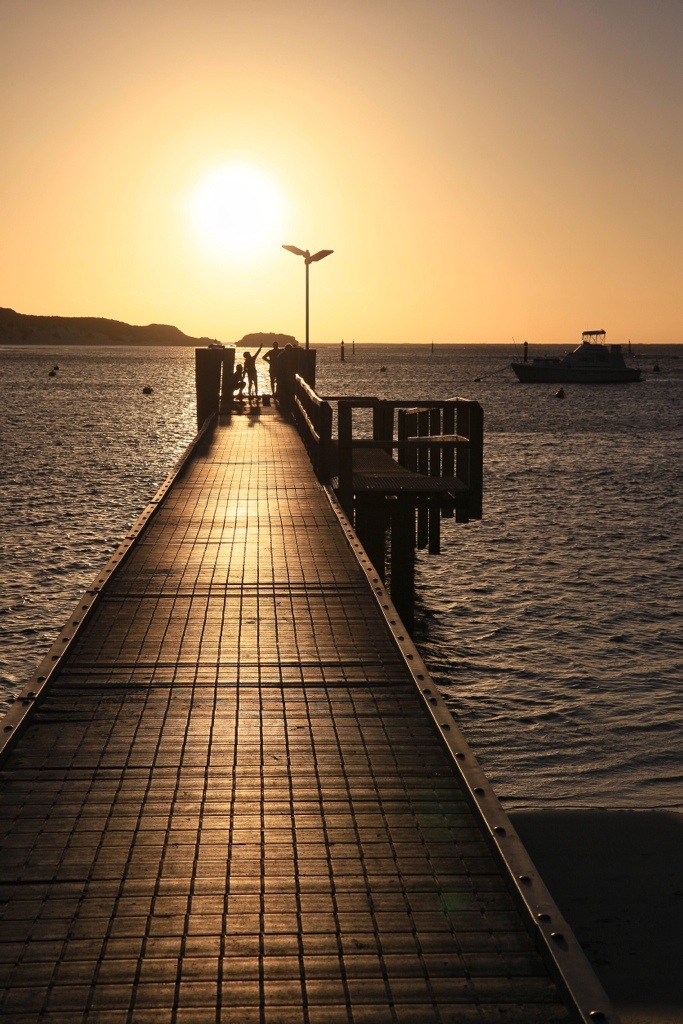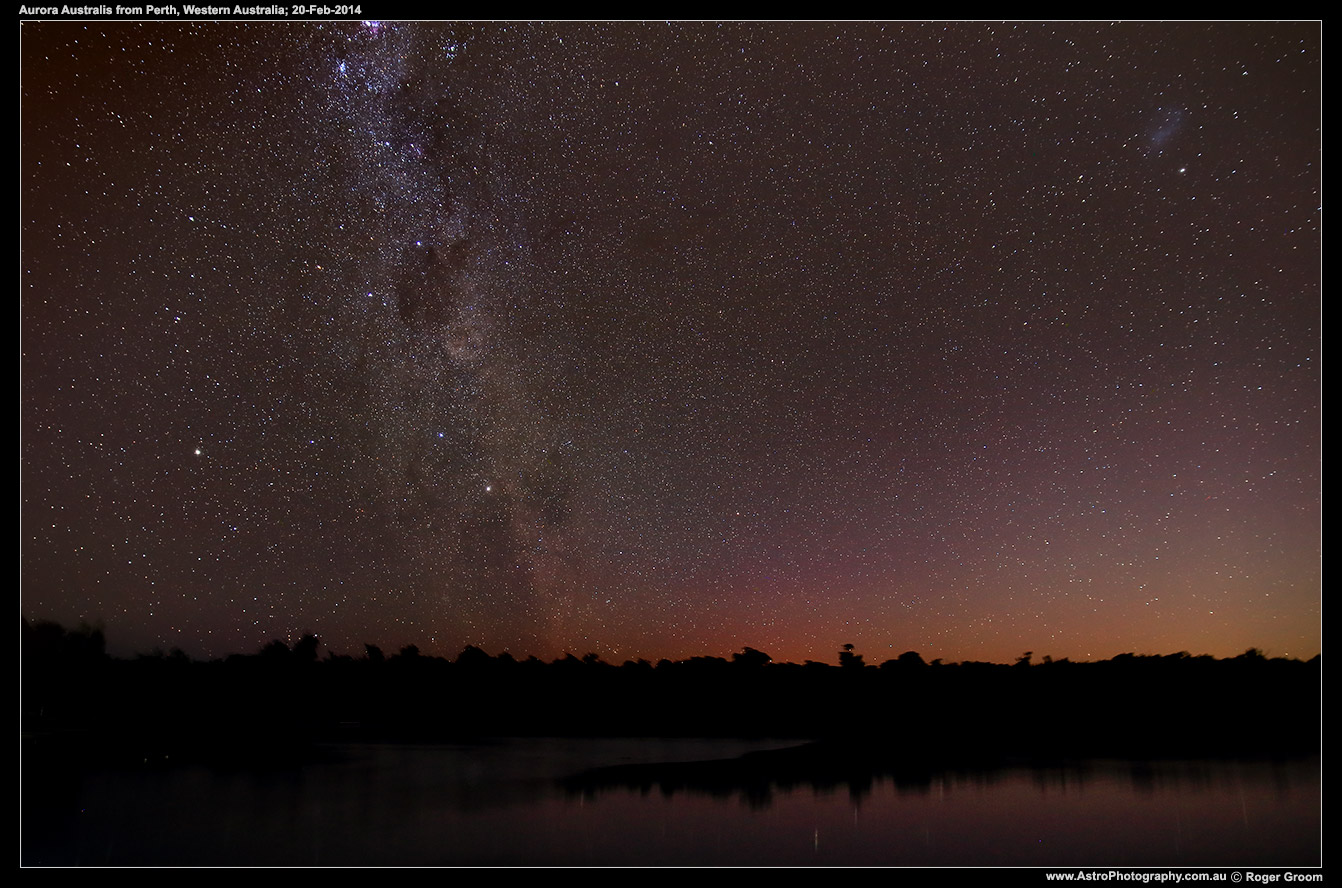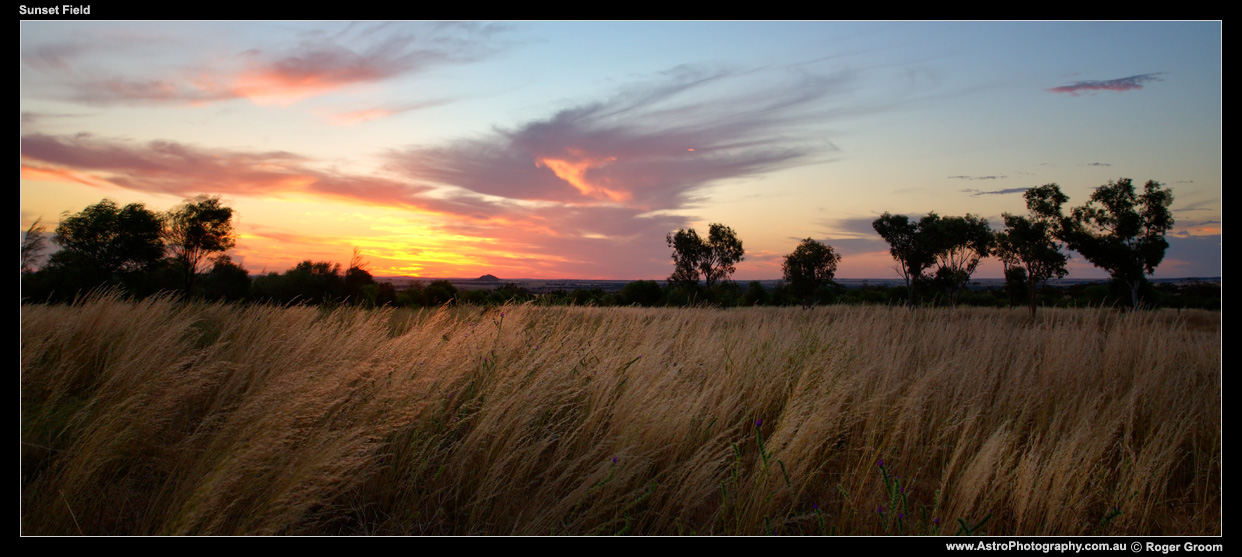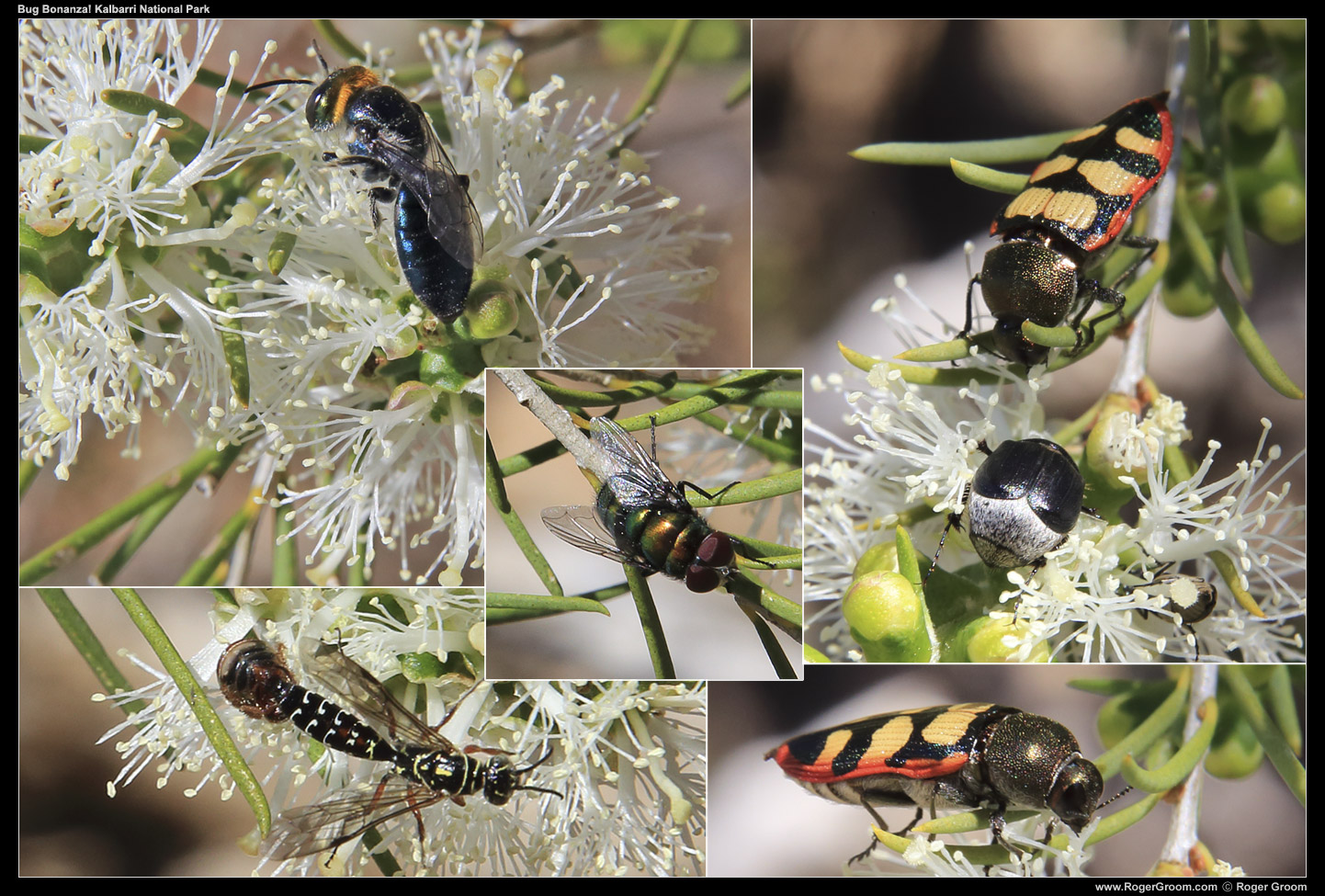Minor Planet 8474 Rettig from Roger Groom on Vimeo.
Video sequence of the minor planet 8474 Rettig moving across the night sky.
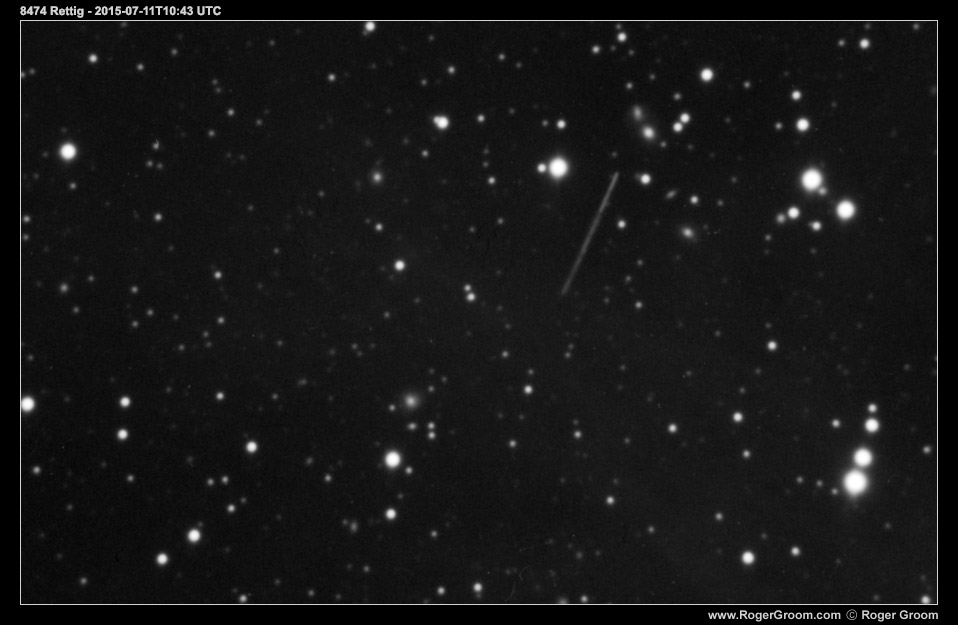
I often participate in astronomical research by way of providing observations to other amateurs and to professionals. The promise is always there of credit for the observations but rarely has it actually eventuate in to anything published with my name on it. Here’s one from recently I’m happy to be involved in and credited for my participation (which was a small but useful contribution):
Electronic Telegram No. 4122
Central Bureau for Astronomical Telegrams
INTERNATIONAL ASTRONOMICAL UNION
CBAT Director: Daniel W. E. Green; Hoffman Lab 209; Harvard University;
20 Oxford St.; Cambridge, MA 02138; U.S.A.
e-mail: cbatiau@eps.harvard.edu (alternate cbat@iau.org)
URL http://www.cbat.eps.harvard.edu/index.html
Prepared using the Tamkin Foundation Computer Network
(8474) RETTIG
V. Chiorny, Kharkiv Observatory; V. Benishek, Belgrade Astronomical
Observatory, Serbia; P. Pravec and P. Kusnirak, Ondrejov Observatory;
Yu. N. Krugly, Kharkiv Observatory; J. Oey and R. Groom, Blue Mountains
Observatory, Leura, NSW, Australia; V. Reddy, Planetary Science Institute;
D. Pray, Sugarloaf Mountain Observatory, South Deerfield, MA, U.S.A.;
W. Cooney and J. Gross, Sonoita Research Observatory, Sonoita, AZ, U.S.A.;
D. Terrell, Southwest Research Institute; R. Inasaridze, V. Ayvazian and
V. Zhuzhanidze, Abastumani Observatory; R. Montaigut and A. Leroy, OPERA
Observatory, France; and I. Molotov, Keldysh Institute of Applied
Mathematics, Moscow, report that photometric observations obtained during
May 19-July 23 reveal that minor planet (8474) is a binary system with an
orbital period of 30.54 +/- 0.01 hr. Mutual eclipse/occultation events
that are 0.60- to 0.93-magnitude deep indicate a lower limit on the
secondary-to-primary mean-diameter ratio of 0.86. Rotations of the
components appear to be synchronous with the orbital motion and an
amplitude of the combined primary plus secondary rotational lightcurve is
0.34 mag at solar phases 7-15 deg.
NOTE: These ‘Central Bureau Electronic Telegrams’ are sometimes
superseded by text appearing later in the printed IAU Circulars.
(C) Copyright 2015 CBAT
2015 July 26 (CBET 4122) Daniel W. E. Green
